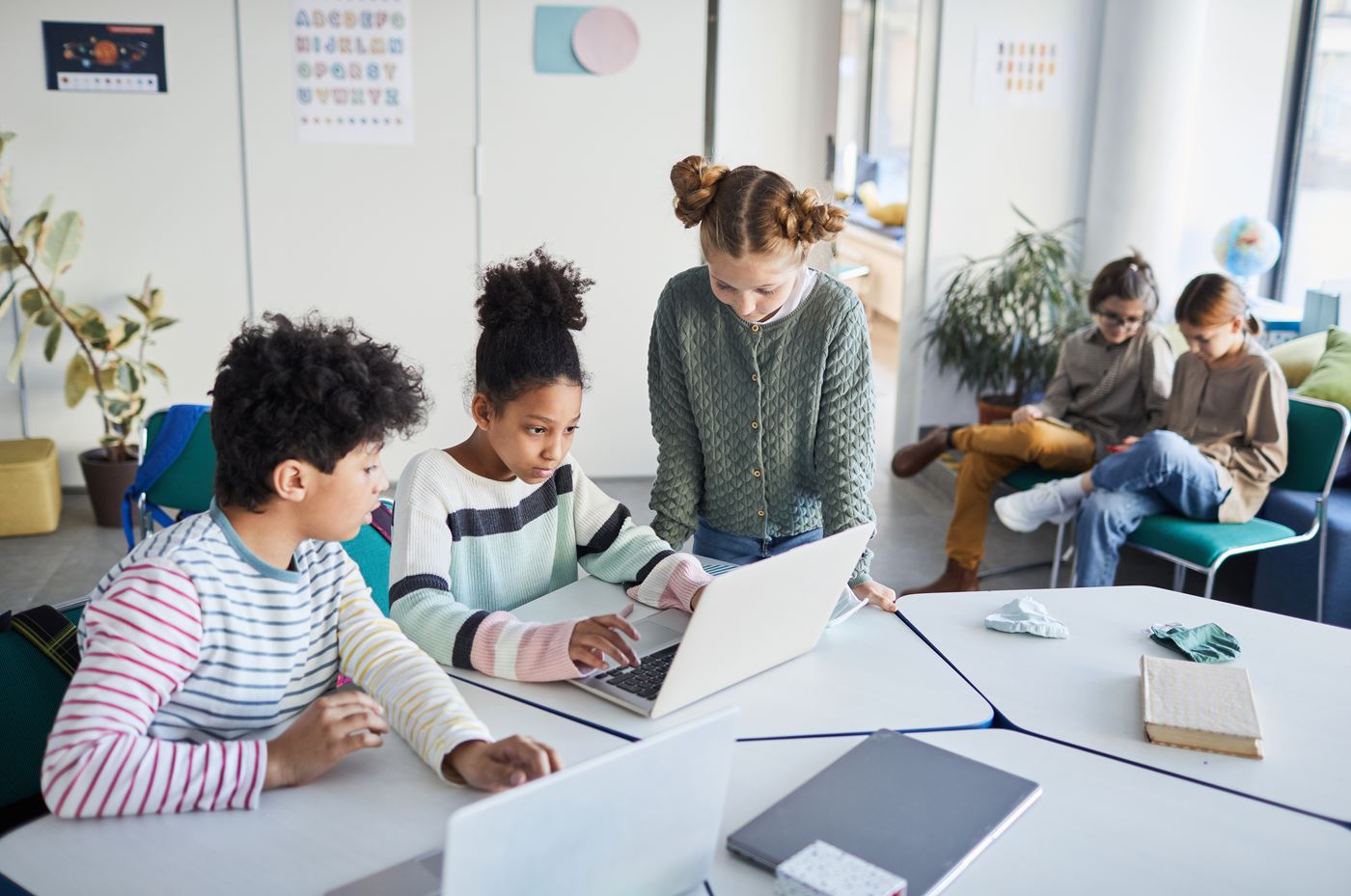In recent years there has been a growing trend towards Student-Centred Learning, allowing students to take responsibility for their learning and have an educational experience that is tailored towards their individual needs.
Students move from being passive receivers of education towards taking an active, participatory role in the classroom. This also allows the teacher to adopt a more collaborative strategy with their classes.
This approach to learning has a number of strands within it, such as blended learning, flipped classroom, independent learners, but they all involve the responsibility for the learning to be taken on by the learners themselves. This can be a brave step for both students and teachers to take and it seems sensible to provide an environment in which students can be supported at a distance while they take on this new responsibility, as well as providing guidance on what needs to be learnt.
Technology can provide a vital lifeline in this regard, by facilitating communications between students and teachers, whilst allowing the student the space to approach their study in a more independent manner. However, what does that technology need to do?
If we want students to be responsible for their learning, it is vital that they are engaged in the process. Most teenagers have to be surgically removed from their mobile devices and so it seems sensible to use these as a route to allow them to view learning materials and resources - having a system that can be accessed from a number of different platforms will facilitate this process. Students will also learn in a variety of different ways, so presenting these resources in a range of styles and formats will open them up to a broader population and thus make student engagement more likely.
Although the focus is on the student, there will need to be a dialogue between student and teacher so that the school can provide guidance and feedback. A system that allows the teacher to help the student to manage their workload, organise themselves and provides a learning pathway that the student can follow will go a long way to meeting this need, as well as reassuring the teacher that all is well from the student's perspective.
One of the great strengths of the classroom is the opportunity it affords for collaborative learning between students and teachers. However, this necessitates the sharing of ideas and resources - the use of blogs and forums ensure that this process can still take place but at a time of the individuals choosing. Projects such as wikis allow groups of students to build up a body of knowledge and understanding together, and to learn from each other, whether this be the assimilation of facts or strategies for learning. They also provide a record of the process that students can refer to later on, as part of their revision for example.
Finally, parents are predominantly products of the traditional education system and as such may be understandably nervous of this ‘new fangled’ approach to their child’s learning. By making the resources and materials underpinning it open and visible to them, we can go a long way to allaying their concerns and also help them to support their child in their learning.
Student-Centred Learning at present largely takes place in the classroom, (when it does take place), but this only addresses half of the story. If learning is to be truly focused on the student then we need to allow them the independence to be able to engage in the learning in a far more diverse way than the traditional 8.30 till 4.00. Technology opens up this possibility while still allowing the teacher and the school a degree of control over what is being studied and to be able to monitor and support the individual’s progress. It will also allow teachers and students to work along a ‘continuum of control’ as they can gradually allow students more autonomy as they show that they are able to manage their learning effectively.
Teaching can be an extremely busy and pressurised environment as we try to cover an increasingly packed curriculum, engage our students and teach them the life skills they will need for their future. If we are to be able to teach more efficiently, we must recognise that the best teaching occurs when the students are actively learning at the same time. Student-centred learning allows teachers and students to work together in order to further this aim.
“To benefit from what the best teachers do, however, we must embrace a different model, one in which teaching occurs only when learning takes place. Most fundamentally, teaching in this conception is creating those conditions in which most--if not all--of our students will realise their potential to learn. That sounds like hard work, and it is a little scary because we don't have complete control over who we are, but it is highly rewarding and obtainable.”
Ken Bain, What the Best College Teachers Do

